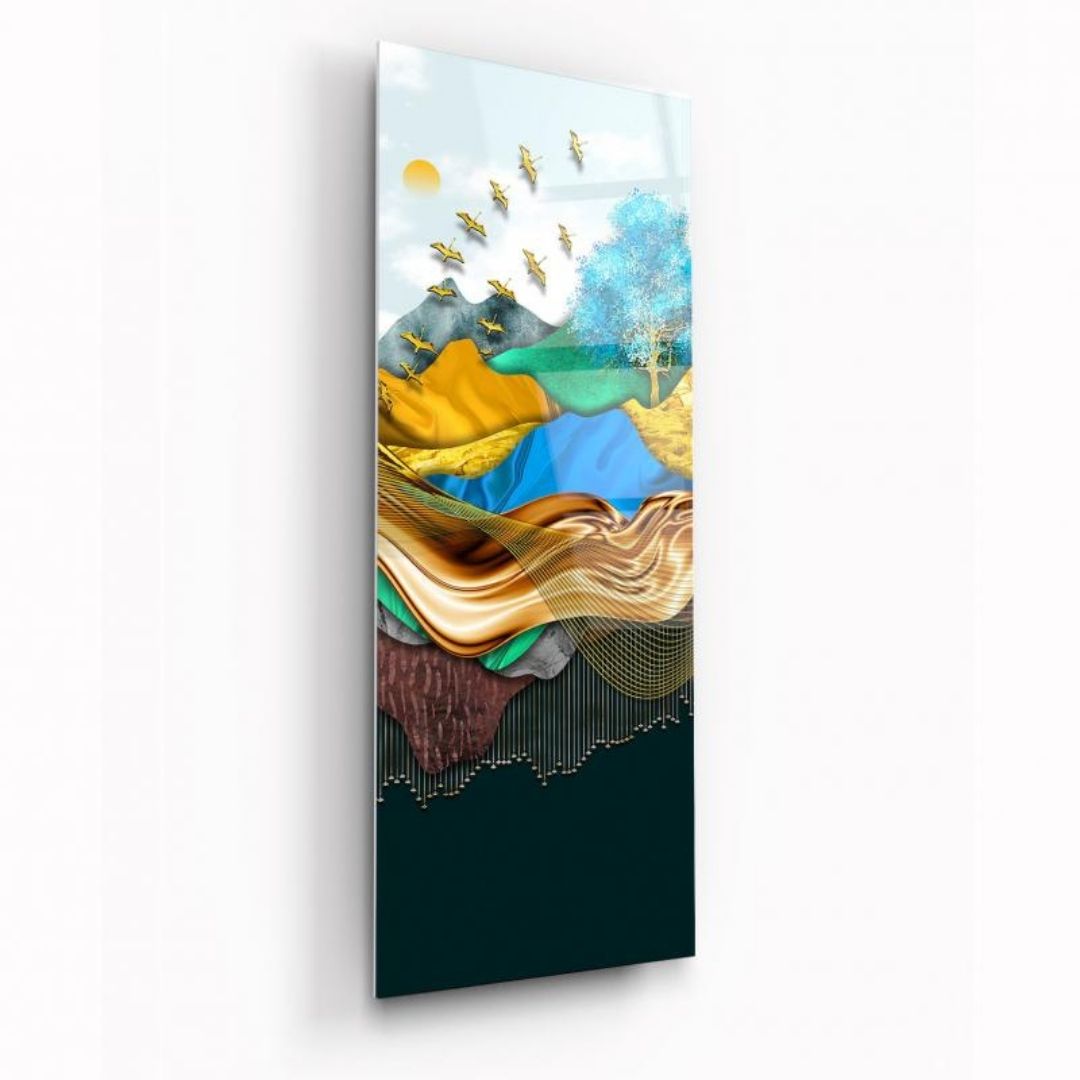
As an avid reader, I have always marveled at the way illustrations in books can transport us to different worlds, evoke emotions, and bring stories to life. The power of images in conjunction with words is truly remarkable. Whether it's a children's book or a novel for adults, the right illustrations can enhance the reading experience and create a lasting impact on the reader.
Illustrations have the ability to capture the essence of a story, visually representing the characters, settings, and key moments in a way that words alone cannot. They provide a visual interpretation that can ignite the imagination and engage readers of all ages. From colorful and whimsical illustrations in children's books to intricate and detailed drawings in novels, book illustrations have the power to evoke emotions, create atmosphere, and leave a lasting impression.
The role of a book illustrator

Behind every beautifully illustrated book is a talented book illustrator. The role of a book illustrator is to bring the written words to life through visual storytelling. They work closely with authors and publishers to understand the vision and themes of the book, and then use their artistic skills to create illustrations that complement and enhance the narrative.
A book illustrator must possess not only artistic talent but also a deep understanding of the story they are illustrating. They need to be able to capture the essence of the characters and settings, and convey the emotions and actions through their drawings. It is a highly creative and collaborative process that requires attention to detail, imagination, and the ability to interpret and translate words into images.
Finding the right children's book illustrator

When it comes to children's books, finding the right illustrator is crucial. Children are visual learners, and illustrations play a significant role in capturing their attention and fostering their love for reading. The right illustrations can make a children's book more relatable, engaging, and memorable.
To find the right children's book illustrator, it is important to consider their artistic style, the age range they specialize in, and their previous work. Look for illustrators who have a portfolio that aligns with the genre and tone of your book. Take note of their use of color, composition, and the emotions they convey through their illustrations. It is also essential to communicate your vision and expectations clearly to ensure a successful collaboration.
The process of book illustration

Book illustration is a multi-step process that involves collaboration between the author, illustrator, and publisher. It typically begins with the author providing the manuscript to the illustrator, along with any specific instructions or ideas they may have. The illustrator then reads the manuscript and begins brainstorming and sketching out ideas for the illustrations.
Once the initial sketches are approved, the illustrator moves on to creating more detailed drawings. This may involve researching and referencing various visual elements, such as landscapes, architecture, or historical references, to ensure accuracy and authenticity. The final illustrations are then digitally or traditionally rendered, depending on the illustrator's preference and the requirements of the publisher.
Throughout the process, communication between the author and illustrator is crucial. Regular updates, feedback, and revisions ensure that the illustrations align with the author's vision and the overall tone of the book. Collaboration and open dialogue lead to the creation of illustrations that truly enhance the storytelling experience.
Children's book illustration styles and techniques
Children's book illustrations come in various styles and techniques, each with its own unique charm and appeal. The choice of illustration style depends on the target audience, the genre of the book, and the desired atmosphere. Here are some popular children's book illustration styles:
Watercolor: Watercolor illustrations have a soft and dreamy quality, often evoking a sense of nostalgia. The transparency and fluidity of watercolors create a whimsical and magical atmosphere, making them perfect for fairy tales and imaginative stories.
Digital: Digital illustrations have gained popularity due to their versatility and ease of editing. They can mimic traditional mediums like watercolor or pencil, or they can have a more contemporary and vibrant look. Digital illustrations are often used for books with a modern or futuristic theme.

Collage: Collage illustrations involve combining various materials, such as paper, fabric, and found objects, to create visually compelling images. Collage illustrations add texture and depth to the artwork, making them visually interesting and engaging for young readers.
Pen and Ink: Pen and ink illustrations are known for their intricate details and fine lines. They are often used in adventure or mystery stories, adding a sense of suspense and intrigue. The black and white contrast creates a striking visual impact.
Cut-paper: Cut-paper illustrations involve cutting out shapes and figures from colored paper and arranging them to create images. This style is often used in picture books for younger children, as it is simple, colorful, and visually appealing.

Tips for creating captivating book illustrations
Creating captivating book illustrations is both an art and a skill. Here are some tips to help you bring your illustrations to life:
Understand the story: Before you start illustrating, take the time to fully understand the story, its themes, and the emotions it conveys. This will help you create illustrations that are true to the narrative and resonate with the readers.
Develop unique characters: Characters are the heart of any story. Spend time developing unique and relatable characters that readers can connect with. Pay attention to their expressions, body language, and details that make them stand out.
Use color strategically: Color has the power to evoke emotions and set the tone of the story. Use color strategically to create atmosphere and emphasize key moments in the narrative. Experiment with different color palettes to find the perfect balance.

Pay attention to composition: Composition refers to the arrangement of elements within the illustration. A well-composed illustration guides the viewer's eye and creates a sense of balance and harmony. Experiment with different compositions to create visually interesting illustrations.
Seek feedback and learn from others: Don't be afraid to seek feedback from other artists, authors, or even your target audience. Constructive criticism can help you improve your skills and grow as an illustrator. Study the work of other illustrators to gain inspiration and learn new techniques.
The importance of book cover illustrations

They say not to judge a book by its cover, but the truth is, book cover illustrations play a significant role in attracting readers and creating a first impression. A well-designed and visually appealing book cover can spark curiosity and make the reader pick up the book.
Book cover illustrations should capture the essence of the story and convey its genre and tone. Whether it's a vibrant and whimsical illustration for a children's book or a minimalist and sophisticated design for a literary novel, the cover should reflect the content within and entice potential readers.
When designing a book cover illustration, it is important to consider the target audience, the genre, and the overall theme of the book. Collaborating with a skilled book cover illustrator can ensure that the cover effectively represents the book and catches the attention of readers.
How to hire a book illustrator

Hiring a book illustrator is an important decision that can greatly impact the success of your book. Here are some steps to help you find and hire the right illustrator:
Research and explore: Start by researching and exploring different illustrators. Look for artists whose style resonates with your book and aligns with your vision. Browse online platforms, portfolios, and social media to discover talented illustrators.
Review portfolios: Take the time to review the portfolios of potential illustrators. Look for consistency, quality, and versatility in their work. Pay attention to their ability to tell a visual story and create engaging illustrations.
Communication and collaboration: Once you have shortlisted a few illustrators, reach out to them and initiate a conversation. Discuss your project, your vision, and your expectations. Effective communication and collaboration are key to a successful partnership.
Negotiate and sign a contract: When you have found the illustrator that suits your needs, negotiate the terms of the project, including the timeline, payment structure, and rights to the illustrations. Ensure that both parties are clear on the expectations and responsibilities by signing a contract.
Provide feedback and stay involved: Throughout the illustration process, provide constructive feedback and stay involved in the creative decisions. Regular updates and open communication will ensure that the illustrations align with your vision and enhance the storytelling experience.

Book illustration jobs and opportunities
If you are an aspiring book illustrator, there are numerous opportunities available to showcase your talent and pursue a career in book illustration. Here are some avenues to explore:
Freelancing: Many illustrators start their career by freelancing. Freelancing allows you to work on various projects, collaborate with different authors and publishers, and build your portfolio. Online platforms and social media can be valuable resources for finding freelance book illustration jobs.
Publishing houses: Publishing houses often hire in-house illustrators or collaborate with freelance illustrators for their book projects. Research publishing houses that specialize in the genres you are interested in and reach out to them with your portfolio.
Self-publishing: With the rise of self-publishing platforms, many authors are looking for illustrators to bring their stories to life. Build connections with self-published authors and explore opportunities to collaborate on their book projects.
Literary agencies: Literary agencies represent authors and often play a role in connecting them with illustrators. Research literary agencies that represent authors in your preferred genre and inquire about any book illustration opportunities.
Online marketplaces: Online marketplaces dedicated to book illustrations, such as Etsy or Fiverr, provide a platform for illustrators to showcase their work and connect with authors looking for illustrators. Create a strong online presence and optimize your portfolio to attract potential clients.

Conclusion
Book illustrations have the power to elevate storytelling, captivate readers, and bring stories to life. Whether it's a children's book or a novel for adults, the right illustrations can enhance the reading experience and create a lasting impact. From finding the right illustrator to understanding the process of book illustration, there are many factors to consider when embarking on a book illustration journey.
As an author or illustrator, it is important to collaborate effectively, communicate clearly, and stay open to feedback and ideas. The world of book illustration is vast and offers numerous opportunities for both aspiring and experienced illustrators. Embrace your creativity, hone your skills, and let your illustrations be the bridge that connects words to art. Let them bring stories to life in ways that words alone cannot.







Leave a comment
All comments are moderated before being published.
This site is protected by hCaptcha and the hCaptcha Privacy Policy and Terms of Service apply.